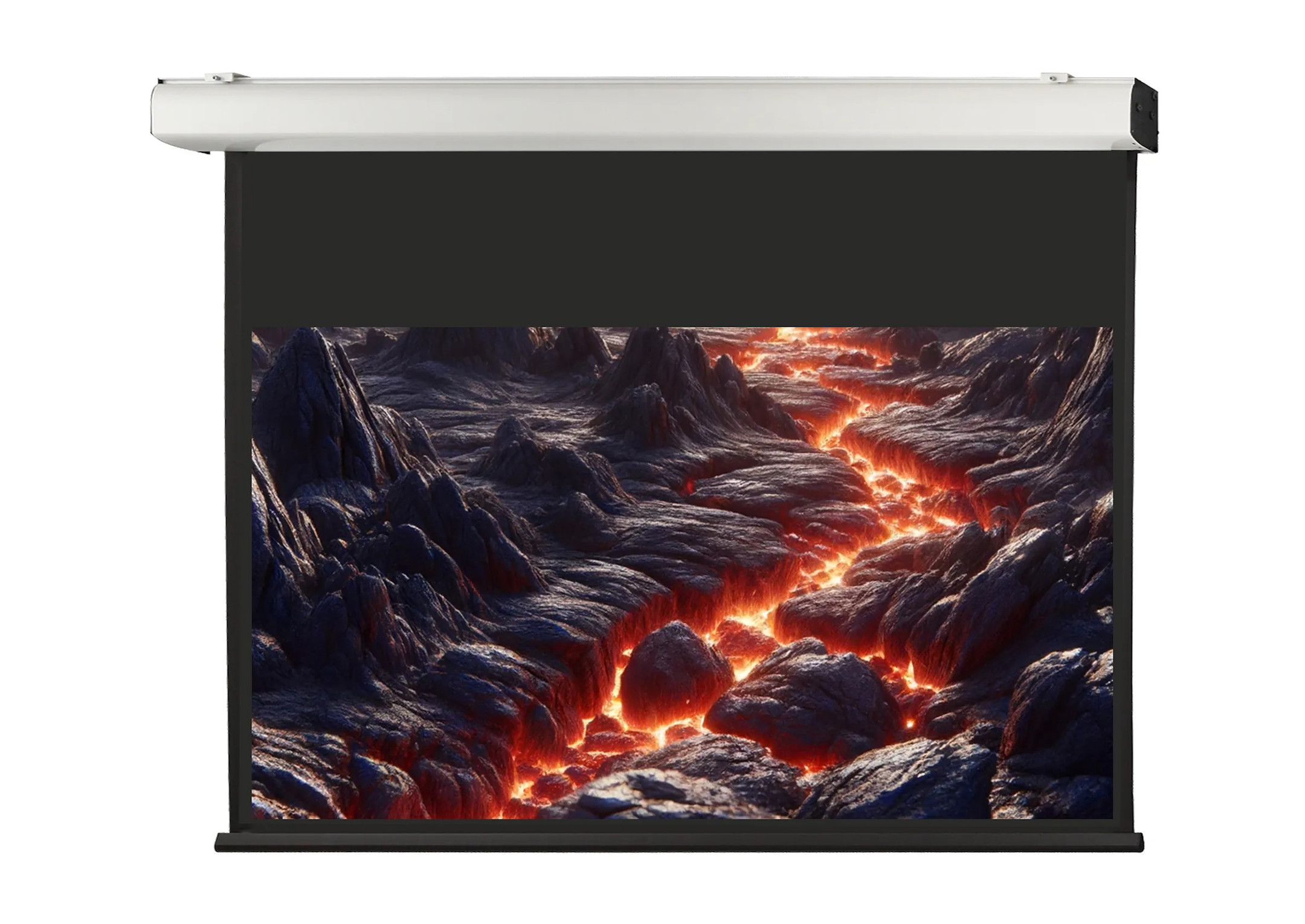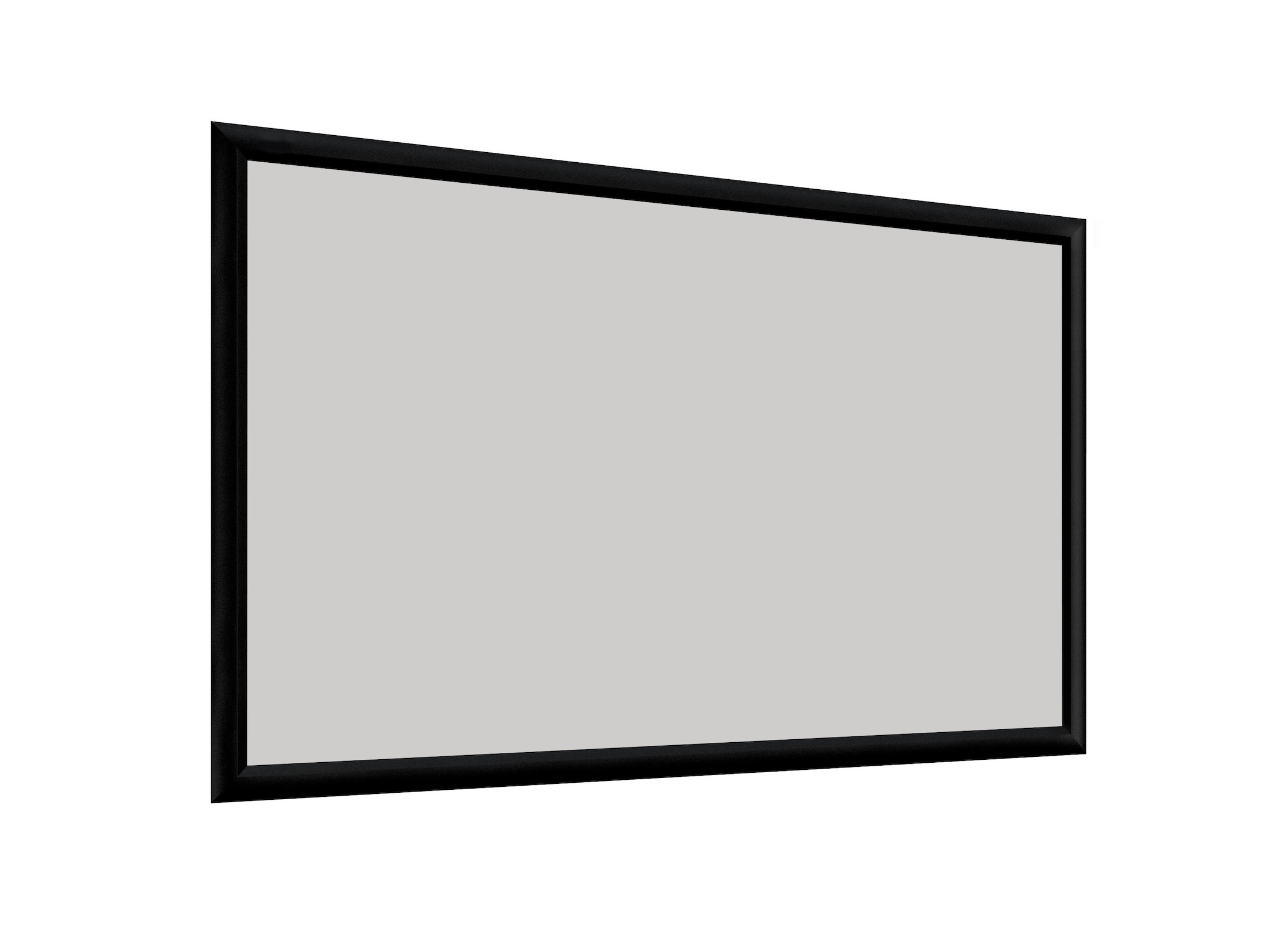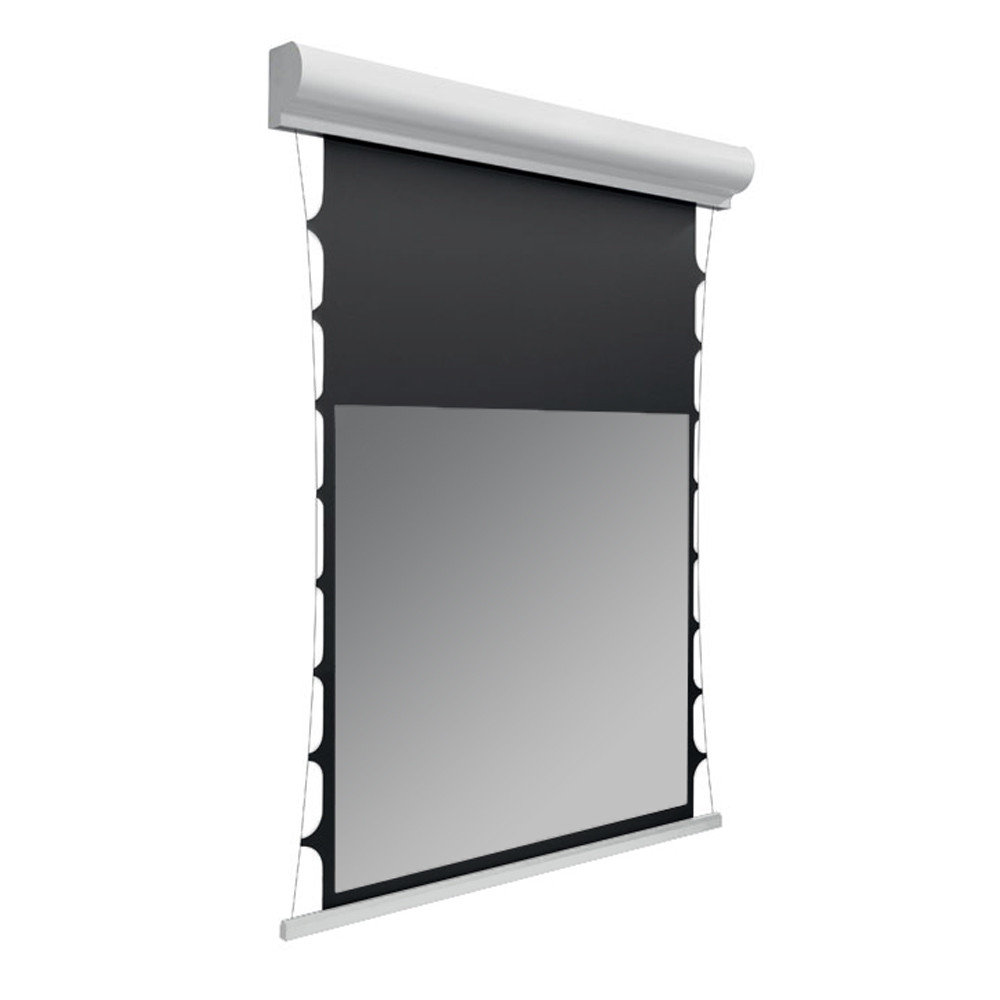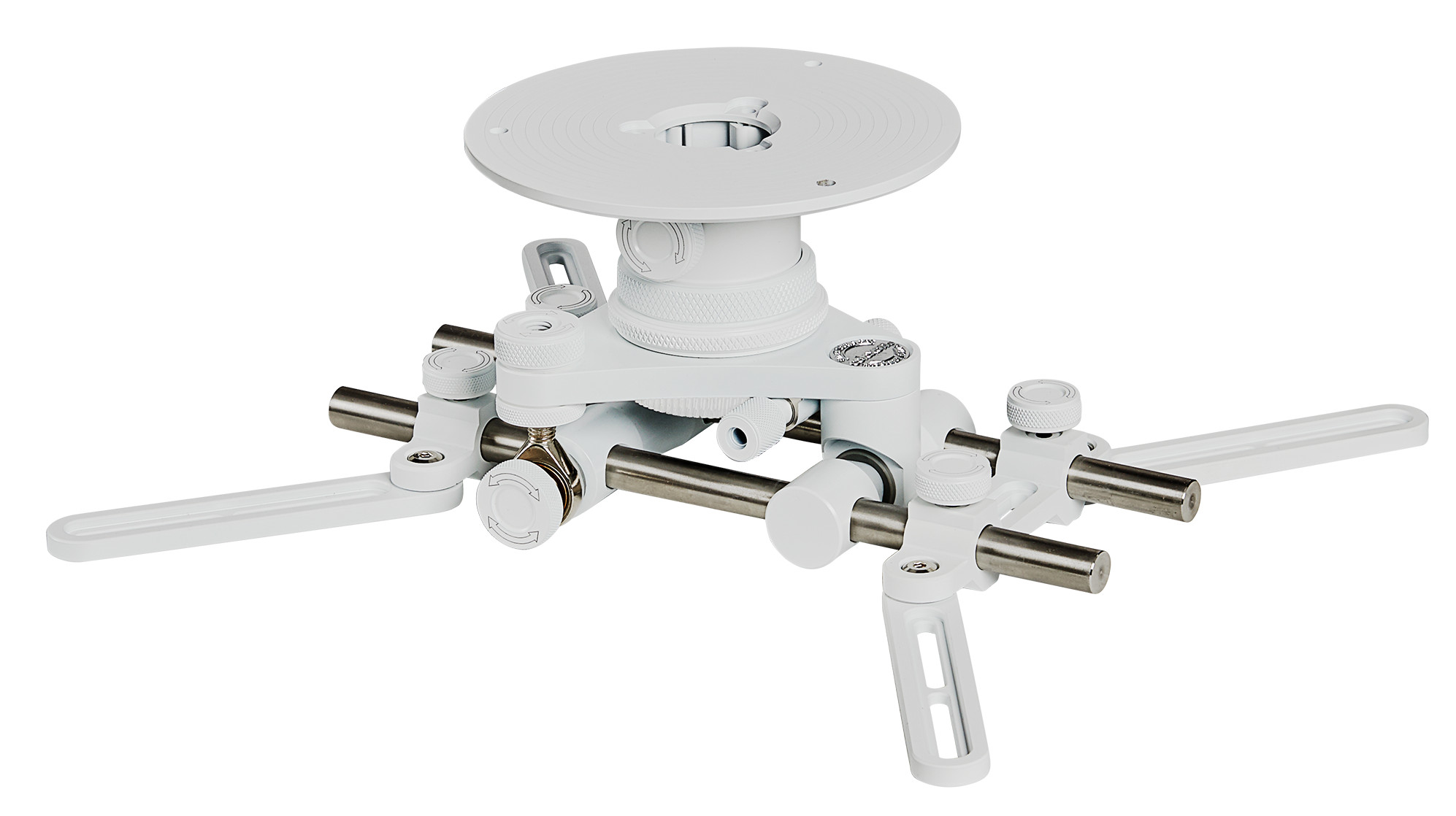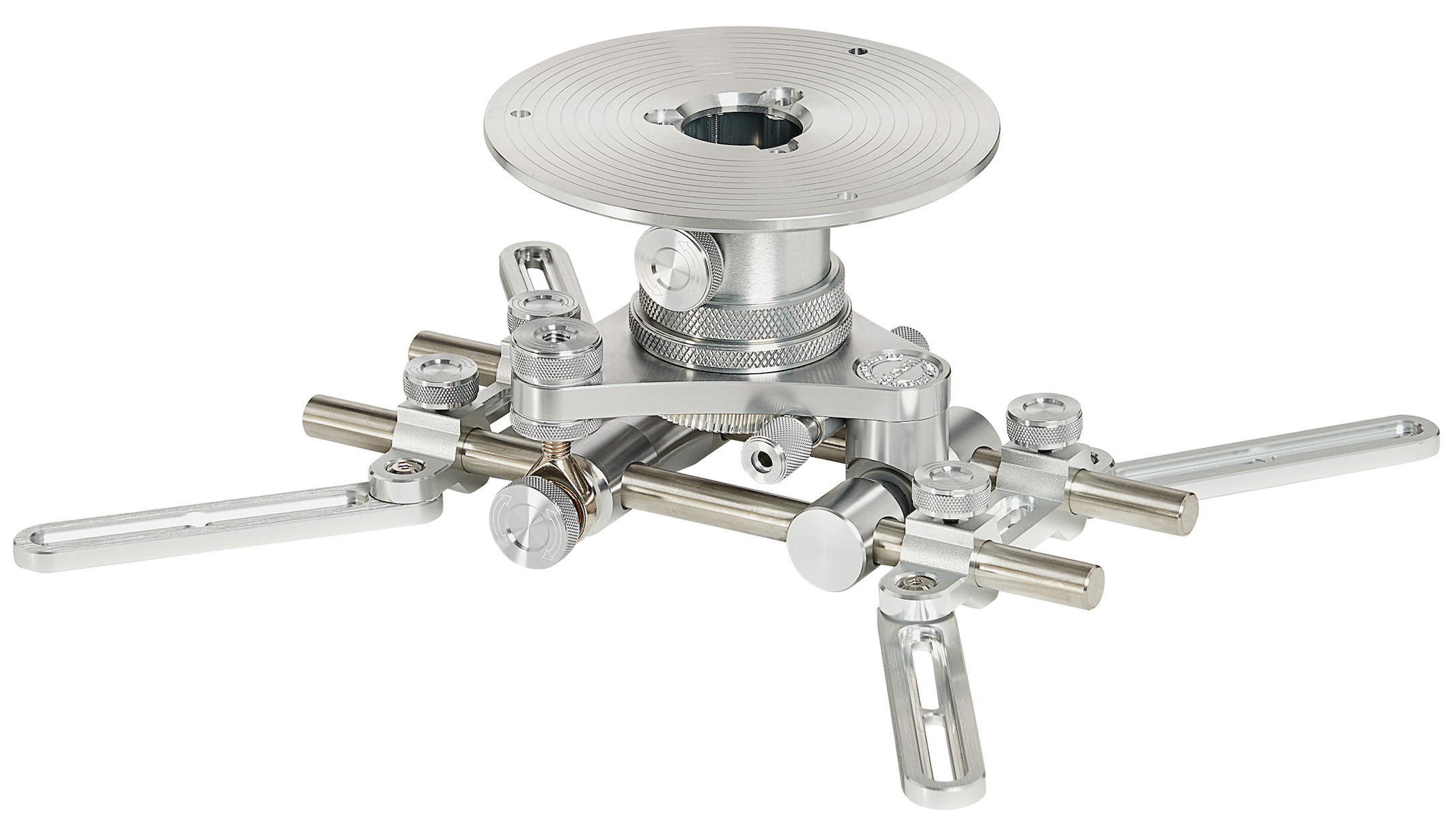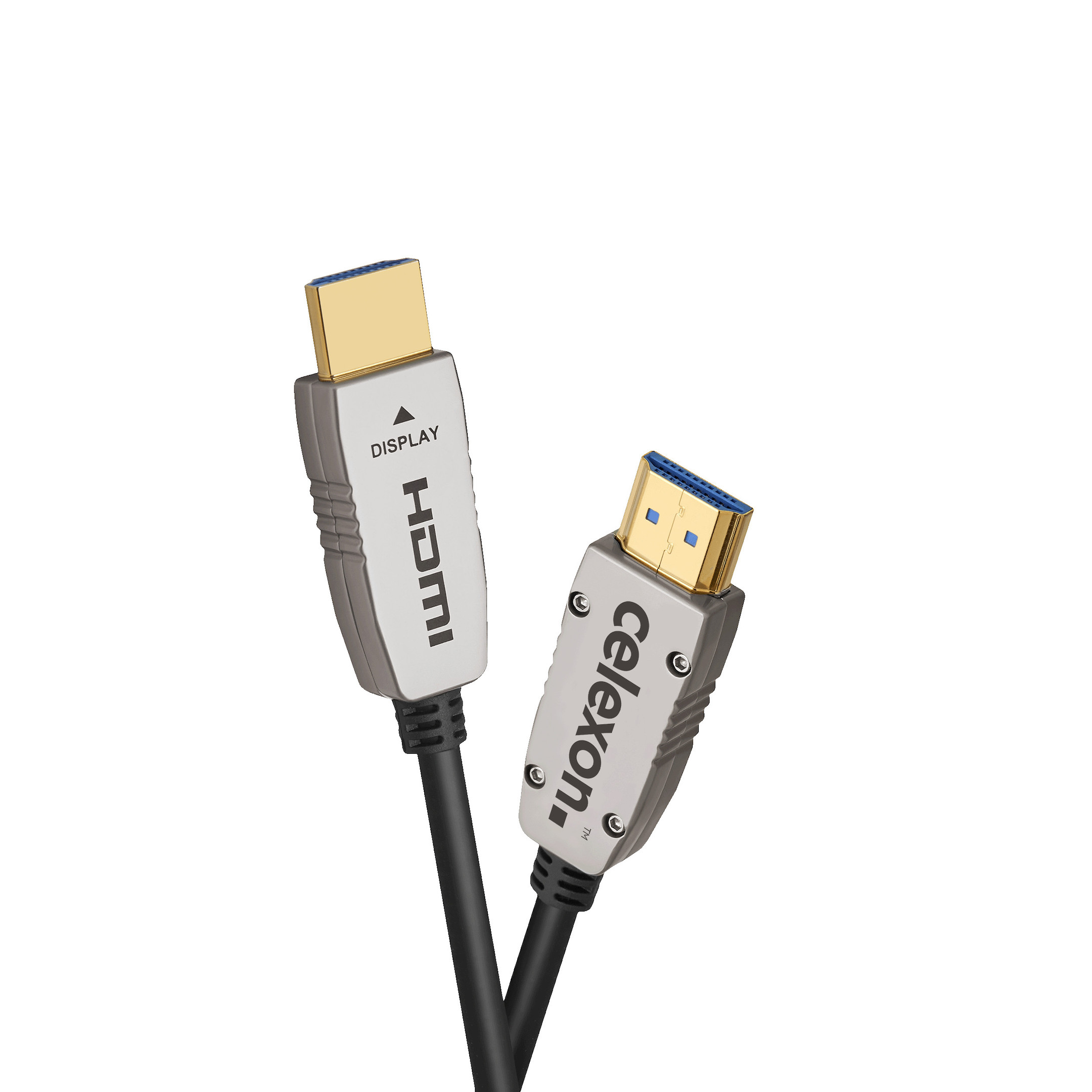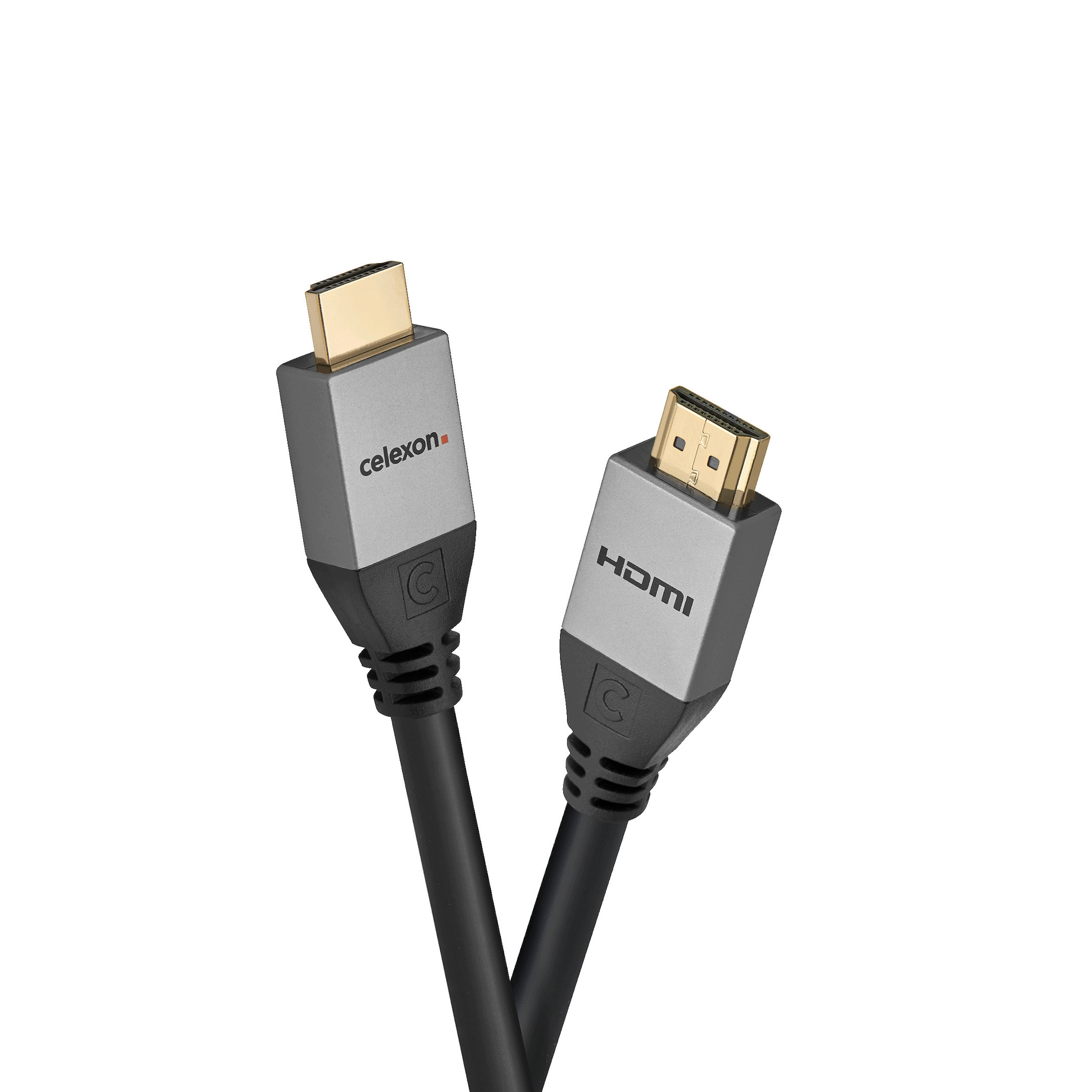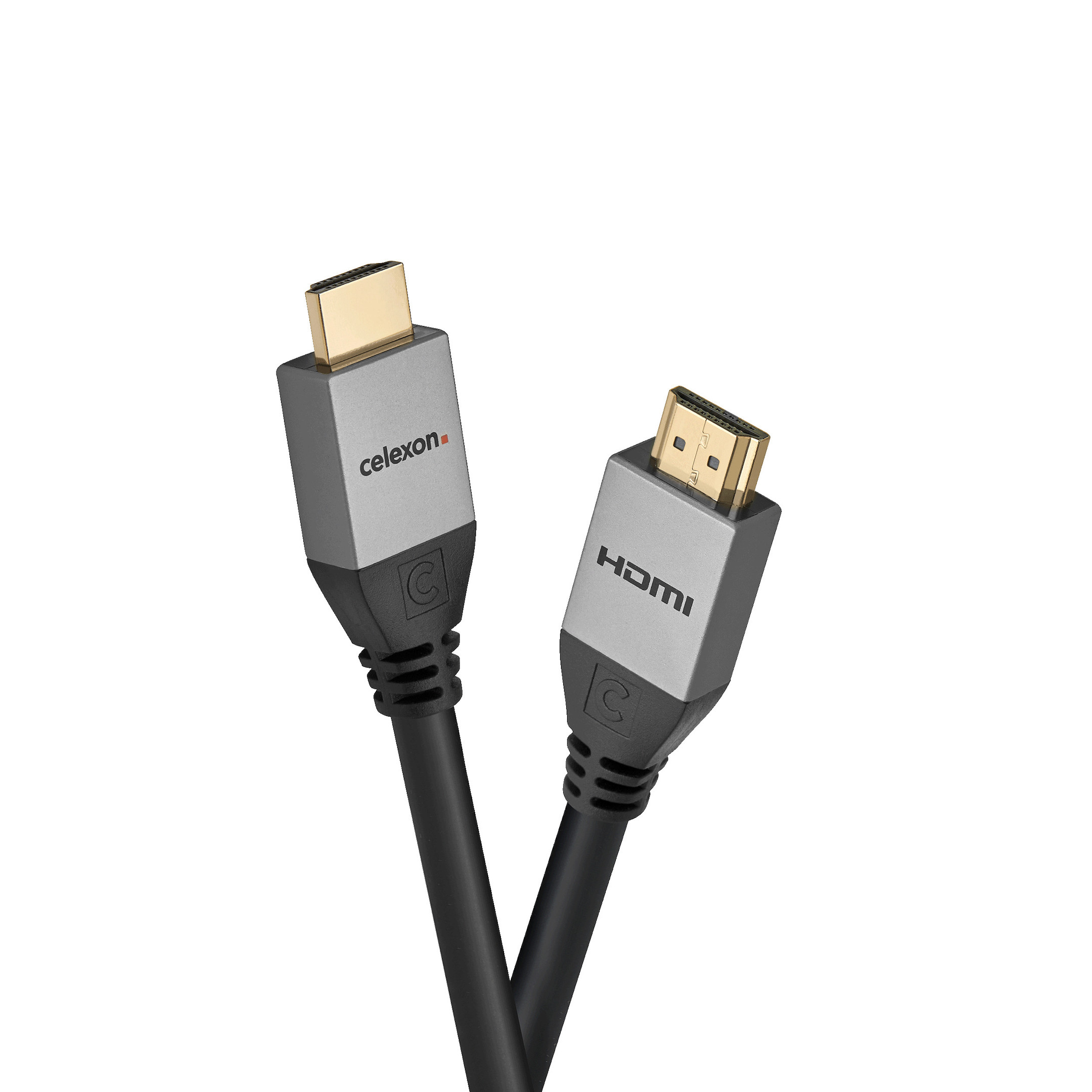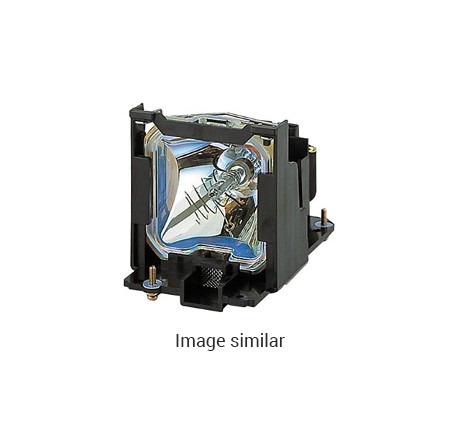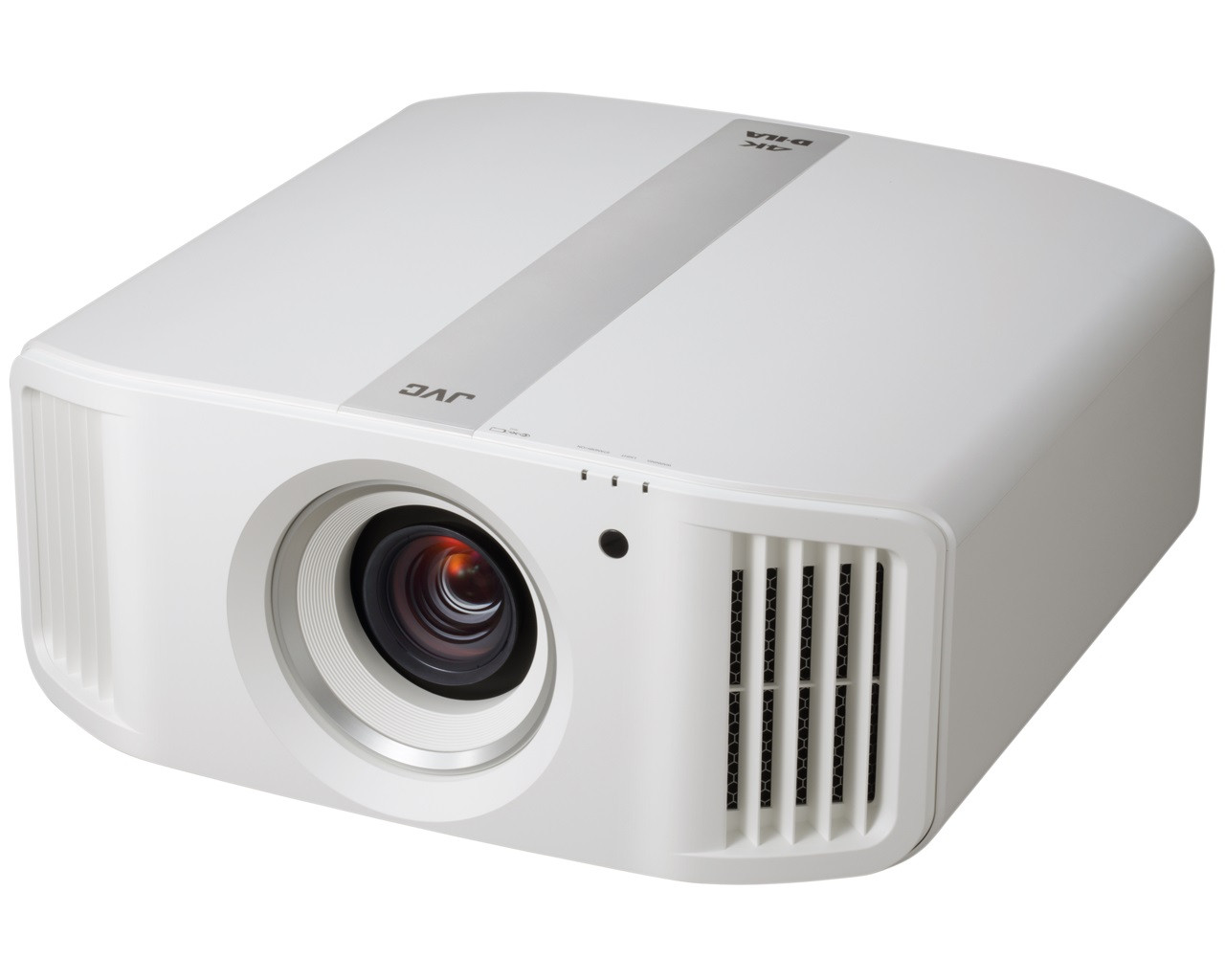















£6,495.00*
- Brightness 1,900 Lumen
- Resolution 4096 x 2160 4K UHD
- Aspect Ratio 16:9
- Operating noise 30 dB


Frequently purchased together
Product information
- 0.69 inch D-ILA chip with native 4K resolution
- High resolution image projection with 4K resolution (4096 x 2160 pixels)
- Excellent black level due to a native contrast ratio of 40,000:1 (dynamic contrast ratio of 400,000:1)
- The high light output of 1.900 lumens results in bright, clear and high-contrast images
- All-glass lens with 65 mm diameter consisting of 17 elements in 15 groups
- Accurate reproduction of HDR10+ content by automatically adjusting the image parameters to the master information contained in the HDR stream
- "Auto Tone Mapping"- function for optimal display of HDR10+ contentFunction for optimal display of HDR10 content by automatically adapting to the mastering data
- Compatible with dynamic tone mappings for HDR10+ content and Frame Adapt HDR including Theater Optimizer
- The Theater Optimizer function analyses the installation environment in Frame Adapt HDR mode (screen size, Gain, etc.) and automatically optimises the image through intelligent tone mapping.
- HDR functionality with new "Auto Tone Mapping" function: HDR 10 content from Blu-ray and HLG (Hybrid Log-Gamma) are automatically adapted to the mastering information contained in the HDR stream, thus always ensuring balanced HDR playback.
- 2 HDMI inputs with 48 Gbps and HDCP 2.3 for playback of high-resolution image signals up to 4K120P
- Improved Clear Motion Drive including support for 4K60P signals (4:4:4) to reduce image blur in smoother motion
- Motion Enhance reduces ghosting and motion blur in turbulent movie scenes or sports broadcasts
- 10 storable installation modes allow optimal adjustment for different projection conditions.
- Memorisable installation modes include Lens Control, Pixel Adjustment, Masking, Anamorphic Option, Screen Typing, Installation Type, Keystone Correction, Pincushion Distortion and Aspect Ratio.
- Using an optical sensor and proprietary software*, optimal calibration can be performed in a few simple steps to adjust for changes in optical characteristics caused by the projector's installation situation. Auto-calibration optimises all essential elements of the image, including colour balance, gamma characteristics, colour gamut and colour control.
- 6-axis colour management system
- ISF C3 mode (Certified Calibration Controls) licensed, which allows trained dealers to professionally calibrate them to the desired screen surfaces, lighting environments and video sources, and securely store these accurate settings in the projector.
The DLA-NP5 makes home cinema a stunningly realistic experience! With its high native contrast, 4K image display and wide colour spectrum, it generates incredibly detailed, realistic images. This projector features a 265 watt UHP lamp, 4K120p inputs and is compatible with HDR10+ content. Thanks to high-speed LSI, it can display 4K games in the best quality on large screens.
0.69" native 4K D-ILA chip and newly developed LSI driver
The new 4K D-ILA projectors feature a native 0.69" 4K D-ILA chip, first used in 2016 for our top-of-the-line DLA-Z1 model. Process optimisations in planarisation and improvements in reflection efficiency have made it possible to achieve significantly higher contrast and tremendous brightness. In addition, a dedicated driver chip has been optimised to drive each of the three colour units (R/G/B) of the native 4K D-ILA chip simultaneously at a speed of 120fps. This high driving frequency is made possible by using the latest HBM (High Bandwidth Memory) technology and utilises an extremely fast interface to efficiently process the large amount of data. Furthermore, stable and high-quality image projection is achieved by equipping the new LSI driver with a frame rate converter and various system correction functions. The result is a precise and smooth image display that is unparalleled in native 4K projection.
"Frame Adapt HDR" function
The Frame Adapt HDR function ensures dynamic adjustment of HDR10 content with high image resolution!
The colour grading of HDR production sometimes differs significantly in brightness, some content appears too bright, others too dark. Using a JVC-developed algorithm, the Frame Adapt HDR function analyses each frame of HDR10 content in real time for maximum brightness and adjusts the dynamic range for optimal image projection. In addition, the representation of brightness levels and colour depth has been increased from 12 to 18 bits.
Thus, Frame Adapt HDR ensures extremely precise reproduction of all brightness and colour shades, from scenes in deepest darkness to extremely bright, light-flooded scenes. Dynamic brightness adjustment ensures that the image is always optimally reproduced to match the perception of the human eye.
High-resolution all-glass lens
All D-ILA projectors are equipped with high-resolution all-glass lenses in the aluminium body. The top models, DLA-NZ9 and DLA-N9, feature a high-performance 100mm diameter lens consisting of 18 elements in 16 groups. The large lens diameter ensures an absolutely edge-to-edge sharp, evenly illuminated image with 4K resolution that can be shifted ±100% vertically and ±43% horizontally (based on 16:9 aspect ratio). All other D-ILA 4K models feature a precision all-glass 65mm lens consisting of 17 elements in 15 groups that projects native 4K resolution images with sharp edges and rich detail. Five ED optical lenses with anomalous dispersion have been combined to minimise chromatic aberration and any colour fringing. This positively influences the different refractive index of the RGB colours and achieves a lifelike high-resolution projection.
Perfect display of HDR10+ content
When it comes to reproducing the extended brightness range and the extensive BT.2020 colour space as well as the 10-bit gradations of HDR (High Dynamic Range) content, our D-ILA projectors are the very first choice. The new models support all HDR formats, including HDR10 from Blu-rays or streaming services, HLG (Hybrid Log Gamma) from broadcasting and the latest HDR10+ format with dynamic metadata adaptation.
In addition, JVC projectors are compatible with both HDR10+ and Frame Adapt HDR dynamic sound mappings. HDR10+ includes the metadata with the settings for each individual scene, Frame Adapt HDR permanently analyses the maximum brightness in HDR10 content using a JVC proprietary algorithm. This ensures that you can enjoy every single scene of HDR content in optimal picture quality.
Perfect for gamers: 4K120p input and Low Latency Mode
Thanks to 4K120p input, the D-ILA projectors are ideal for experiencing 4K games in the best quality on a big screen. The low latency mode reduces the delay times during image processing to a minimum, so that even image signals with a high bandwidth can be processed without compression. The result is an optimal synchronisation of operating processes and image display, which ensures a fantastic gaming experience.
Technical data
| Name | JVC DLA-NP5W Projector, 4096 x 2160 4K UHD, 1900 Lumen |
|---|---|
| Article number | 1000022387 |
| GTIN/EAN | 4975769021985 |
| Manufacturer SKU | DLA-NP5W |
| Lens included | Yes |
| Model name | DLA-NP5W |
| Brand | JVC |
| Product Type | Projector |
| Product Series | JVC NP5 Series |
| Application | Gaming projector , High-End Home cinema projector , Home cinema projector |
| Projector Type | D-ILA |
| Projector lamp type | Lamp |
| ANSI Lumen | 1,900 ANSI Lumen |
| Resolution | 4096 x 2160 4K UHD |
| Aspect Ratio | 16:9 |
| Contrast Ratio | 40,000 :1 |
| Operating noise | 30 dB |
| Operating noise - ECO | 24 dB |
| Lamp life | 4,500 Hour |
| Minimum Projection Distance | 187 cm |
| Maximum Projection Distance | 623 cm |
| Minimum Projection Ratio | 1.43 |
| Maximum Projection Ratio | 2.92 |
| Minimum Lens-Shift Horizontal | -34% |
| Maximum Lens-Shift Horizontal | 34% |
| Minimum Lens-Shift Vertical | -80% |
| Maximum Lens-Shift Vertical | 80% |
| Lens Zoom | 2.92 |
| Inputs | 1x Ethernet , 1x RS232 , 2x HDMI |
| wireless technology | Not Specified |
| Features | Integrated speaker , Lens Shift |
| Product width | 50 cm |
| Product height | 23.4 cm |
| Product depth | 49.5 cm |
| Weight | 19.2 kg |
| Colour | White |
| Delivery contents | Batteries , Power cable , Quick user guide , Remote control |
| Condition | New |
| Warranty | 24 Month |
| Warranty type | Bringin service Service and support information |
Projection distance calculator
Contact our experts for help!
Image size:
Format
Format
Product safety
| Person responsible for the EU |
|---|
| JVCKENWOOD Deutschland GmbH |
| Konrad-Adenauer-Allee 1-11 |
| 61118 Bad Vilbel |
| Germany |
| info@kenwood.de |




